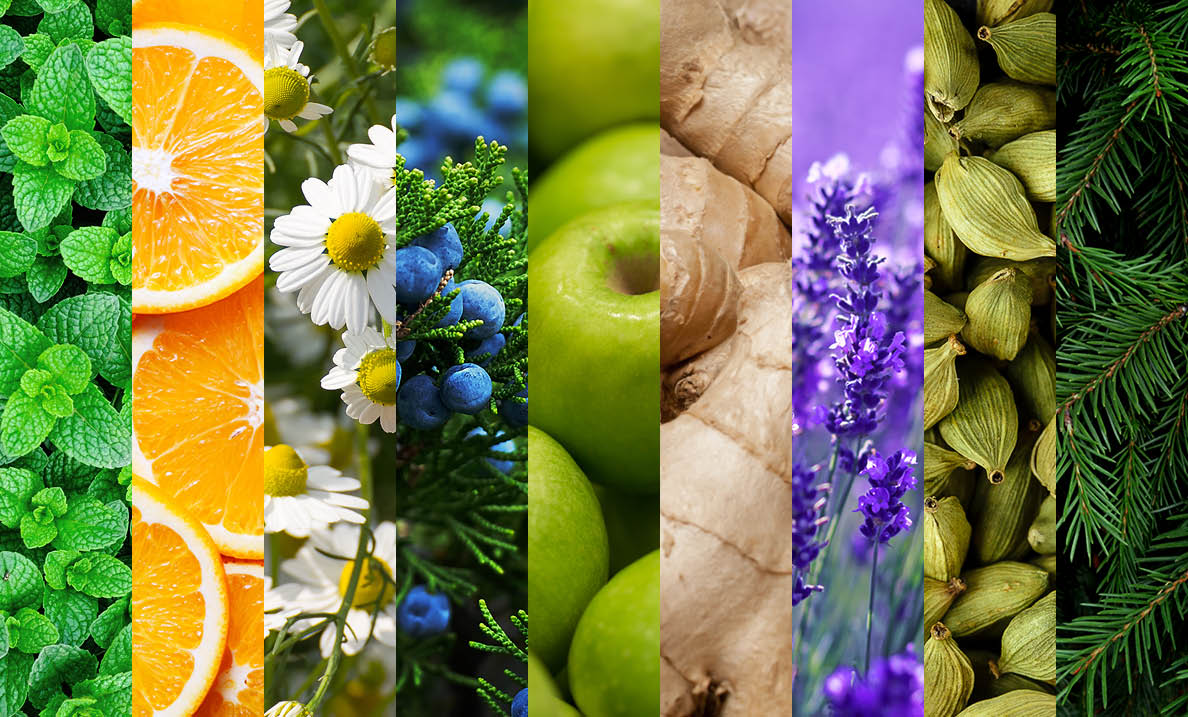If you follow developments in the world of cannabis, you’ve probably heard of terpenes, but you may not know what makes them so intriguing and beneficial when manufacturing cannabis or hemp products. . It’s estimated that just one cannabis flower has more than 200 terpenes. In this article, we chose our favorite 28 terpenes and highlight their benefits along with other interesting tidbits.
What Are Terpenes?
Terpenes are organic hydrocarbons that produce a plant’s unique flavor and aroma. In hemp and cannabis, terpenes also synergize with cannabinoids like THC and CBD to make up the plant’s entire therapeutic profile. Terpenes are a bit like cannabinoids—THC, CBD, and others—in that they have specific and medically useful interactions with our bodies. In fact, we’re finding that when analyzing a given cannabis plant’s terpene profile, we can assess what the product will taste like and what sort of effects it will impart.
Did you know that terpenes are responsible for the aroma and flavors of Cannabis? They also influence its effects by interacting with cannabinoids, or the compounds found in Cannabis (most notably the tetrahydrocannabinol often referred to as THC), activating receptors in the body’s endocannabinoid system and creating a “high” that people experience when they use Cannabis. There are thousands of Terpenes that exist in nature and make up the aroma and flavors that we experience when we smell a flower, bite into some fruit, or use an herb in cooking.
Our Favorite Terpenes
To celebrate all of the amazing intricacies of terpenes, we have chosen our favorite 28 terpenes found in Cannabis and have highlighted their genetic makeup, where they’re found, benefits, and other interesting tidbits.
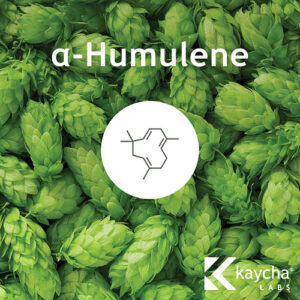 | TerpineolA group of four monoterpene alcohol isomers, Terpineol naturally occurs in more than 150 plants, including Cannabis, lilacs, lime blossoms, eucalyptus sap, and pine trees. Terpineol is a desirable ingredient for perfumes, cosmetics, flavoring agents in baked goods, and candles because of its flowery-pine aroma. It’s also known for exhibiting a number of therapeutic qualities, including anti-inflammatory, antioxidant, antitumor, and antimicrobial. |
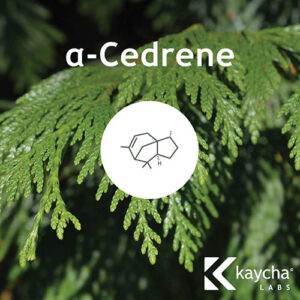 | SabineneClassified as a bicyclic monoterpene, Sabinene is not commonly found within the Cannabis plant, but that’s not to say that it shouldn’t get its 15 minutes of fame. Derived from plants and trees, including the holm oak and Norway spruce, Sabinene is commonly recognized for its spicy scent and flavor profile and is a major constituent of carrot seed oil. Think a spicy meal rich in ingredients like black pepper or a slice of carrot cake, and you’re now familiar with Sabinene. This particular Terpene is also said to have therapeutic properties such as antioxidant and antibacterial. |
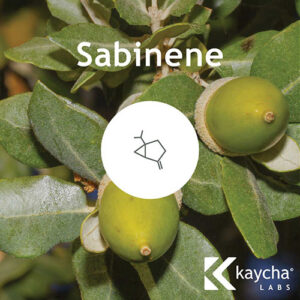 | ValenceneA sesquiterpene with a heavy citrus aroma and named after Valencia oranges, Valencene is a Terpene with a strong citrus profile that can be found in oranges, tangerines, mangos, and grapefruit. Valencene is a popular food additive while also commonly used to repel mosquitos and ticks. The therapeutic properties of Valencene include anti-inflammatory, anti-allergy, and skin protectant. Within Cannabis, Valencene contributes a rich, slightly bitter aroma and is found in a wide variety of Cannabis strains. |
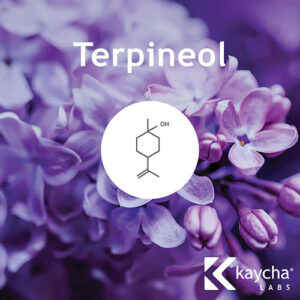 | Alpha-BisabololNaturally derived from the chamomile flower and other plants such as the candeia tree in Brazil, Alpha-Bisabolol is a Cannabis Terpene known for its light, sweet, and floral aroma. Aside from tea, Alpha-Bisabolol is also commonly found within makeup, shampoos, and lotions for its calming qualities. Therapeutic properties of Alpha-Bisabolol include anti-irritant, anti-inflammatory, antimicrobial, and analgesic. |
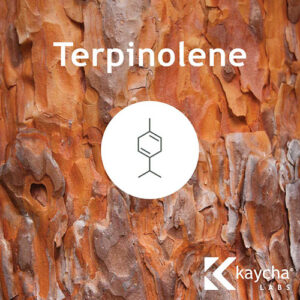 | Alpha-CedreneA sesquiterpene naturally derived from cedarwood oil, Alpha-Cedrene is a Cannabis Terpene known for its light, woodsy scent. It is commonly used for fragrance formulation and can be found within perfumes, shampoos, and deodorants. Alpha-Cedrene is said to have therapeutic properties, including astringent, antibacterial, and is used as an effective mosquito repellent. Do you like Alpha-Cedrene properties in your Cannabis? |
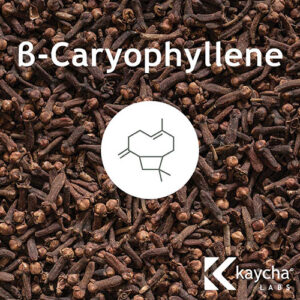 | TerpinoleneCommonly found within the Cannabis plant, yet rarely in a leading role, Terpinolene is a Terpene known for woody, herbaceous, citrus, and floral notes. It naturally occurs in sage, lilac, rosemary, conifer trees, apple trees, and tea trees and has multiple therapeutic properties, including antifungal, antibacterial, and sedative. One word that’s used to describe Terpinolene’s taste and smell is “fresh,” which makes sense considering it often shows up as an additive in soaps and perfumes. |
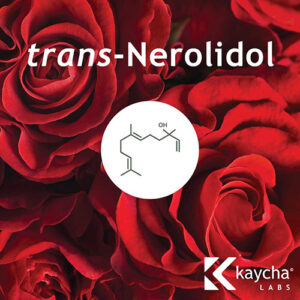 | Beta-CaryophylleneExtremely common in Cannabis plants, Beta-Caryophyllene can bind CB2 cannabinoid receptors in the endocannabinoid system after it has been orally consumed, meaning it provides medicinal benefits such as anti-inflammatory properties without producing a euphoric effect. Beta-Caryophyllene naturally occurs in black pepper, cinnamon, basil, oregano, and hops and is identified by its spicy profile flavor. It has multiple therapeutic usages, including anti-inflammatory, antimicrobial, antibacterial & antioxidant, while also aiding in sleep & pain. |
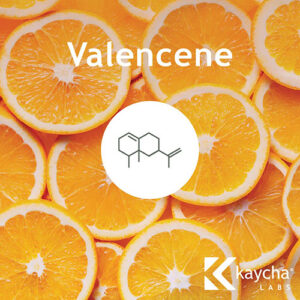 | Borneol & IsoborneolOf the 200+ Terpenes found within Cannabis, Borneol is one of the most common. Derived from underneath the bark of Camphor trees, Borneol has a strong, bitter aroma and naturally occurs in various plants, including ginger, rosemary, and sage. Borneol is a staple of traditional Chinese medicine due to its therapeutic properties including, anti-inflammatory, anticoagulant, and pain relief. While Isoborneol is more commonly used as a food additive and flavoring agent. Due to its fruity and spicy profile, you will come across Isoborneol in baked goods, hard candies, and even sodas. |
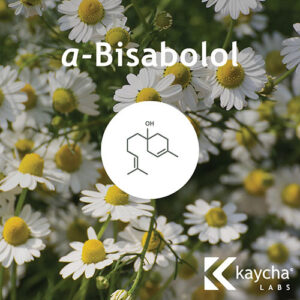 | GeraniolProduced by the scent glands of honeybees, Geraniol is a monoterpenoid that helps to mark nectar-bearing flowers. Geraniol occurs naturally within geranium and lemon and a variety of flowers, fruits, and vegetables. Cannabis with high concentrations of Geraniol will often present a floral aroma and sweet fruit flavor. Geraniol is commonly used as a fragrance additive to many perfumes and serves as a flavor-enhancement to candies and ice cream. Therapeutic properties of Geraniol include anti-inflammatory, antibacterial, and antifungal. |
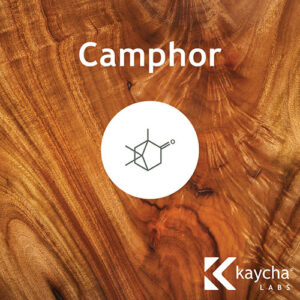 | FarneseneComposed of six closely related chemical compounds known as sesquiterpenes, Farnesene naturally occurs within various plants, herbs, and fruit rinds. Most commonly known for its fruity aroma, Farnesene is a naturally occurring Cannabis Terpene responsible for the familiar scent of green apple. Its therapeutic properties include anti-inflammatory, antifungal, antibacterial, and anxiety relief. |
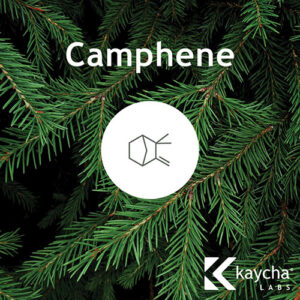 | CedrolCedrol resides within the sesquiterpene group of terpenoids and is commonly known for its light, woody aroma. A Terpene found in Cannabis, Cedrol naturally occurs within various trees and plants, including cedar, cypress, juniper, and oregano and is commonly used as an insect repellent and for its anti-inflammatory and antifungal properties. |
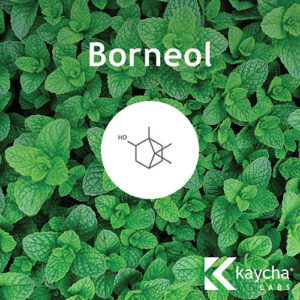 | LimoneneAmong the abundance of Terpenes found in Cannabis plants, Limonene is the most recognizable due to its strong citrus fragrance. Limonene is located in the peel of citrus fruits, including lemon, orange, lime, and grapefruit, and naturally occurring in mint, juniper, rosemary, pine, and fennel. Limonene is commonly used as a fragrance additive in household cleaning agents, cosmetics, perfumes, and body creams because of its strong aroma. Its therapeutic properties include anti-anxiety, anti-inflammatory, and antioxidant. |
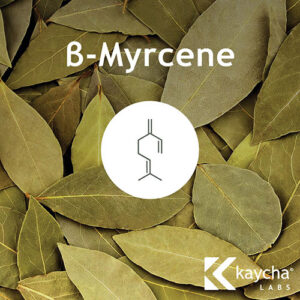 | FenchoneClassified as a monoterpenoid and ketone, Fenchone presents a robust woodsy aroma and bitter flavor. Fenchone naturally occurs in various plants, including fennel, Spanish lavender, thuja, cedarwood, African wild sage, and is a constituent of absinthe. In Cannabis, Fenchone serves as a flavor and aroma enhancer, while its therapeutic properties include anti-inflammatory, antioxidant, and antimicrobial. |
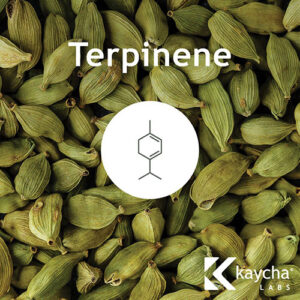 | Trans-NerolidolA secondary Terpene found in various aromatics, including lavender, jasmine, tea tree, and lemongrass, Trans-Nerolidol has a woody, fruity citrus aroma reminiscent of citrus, apples, and roses. It’s a popular additive for lotions and perfumes while also commonly used as a flavoring agent in candy and chewing gum. It has various therapeutic properties, including antifungal, antioxidant, antibacterial, and anti-anxiety. |
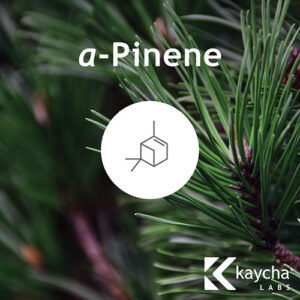 | Alpha-PineneOne of two forms of pinene, Alpha-Pinene is more prevalent than Beta-Pinene in Cannabis plants and is also the most abundant terpenoid found in nature. Known for its pine scent, Alpha-Pinene can also be found in dill, basil, rosemary, and parsley. It has therapeutic properties, including anti-inflammatory, antimicrobial, anti-anxiety, and antidepressant. |
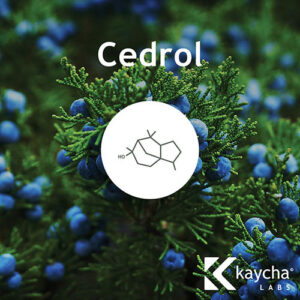 | Cis-NerolidolOne of two Nerolidol isomers, Cis-Nerolidol naturally occurs within honeysuckle, ginger, jasmine, tea tree, lemongrass, neroli citrus oil, and, you guessed it, Cannabis. This Terpene's fresh wood and fruity aroma make it a common flavoring agent and fragrance additive for hygiene products. Cis-Nerolidol has a variety of therapeutic properties, including antifungal, antibacterial, and antioxidant. |
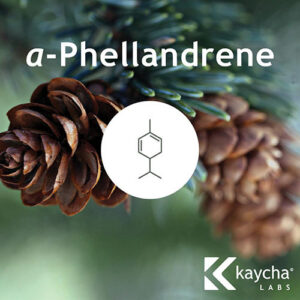 | LinaloolLinalool is found in over 200 species of spices, plants, and even fungi, including lavender, jasmine, rosewood, basil, and thyme. A Terpene found in Cannabis strains such as Master Kush and LA Confidential, Linalool is most commonly known for its stress-relieving properties and sweet, floral aroma. It is one of the most frequently used flavoring agents and therapeutic properties include anti-inflammatory, antimicrobial, and sedative. |
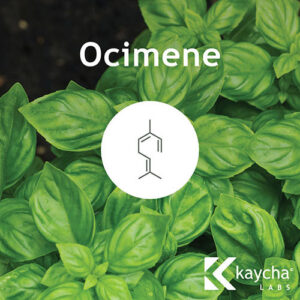 | EucalyptolFirst identified by French chemist François Stanislas Cloez in 1870, the Eucalyptol Terpene is a cyclic ether and monoterpenoid known for its fresh, minty aroma and cooling taste. Eucalyptol is naturally found in sweet basil, rosemary, sage, bay leaves, camphor laurel, tea tree, and that which it gets its name, eucalyptus. It has been used for years in herbal medicine as a cough suppressant, mood elevator, and antibacterial cleanser. The sensory experience of Cannabis high in Eucalyptol may present refreshing and cooling flavor profiles. Its therapeutic properties include anti-inflammatory and increased cognitive function and respiratory relief. |
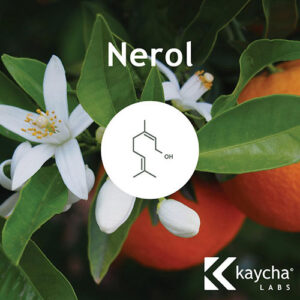 | Geranyl AcetateThis highly fragrant Terpene is found in over 60 essential oils, including lemongrass, coriander, sassafras, and geranium. In addition to its presence in essential oils, Geranyl Acetate is also found within various botanicals, including almond seeds, celery, and coffee and helps give Cannabis a distinctive floral, fruity scent. Geranyl Acetate has been used in traditional Chinese medicine for years to treat stomach pain and contains therapeutic properties including antimicrobial and antifungal. |
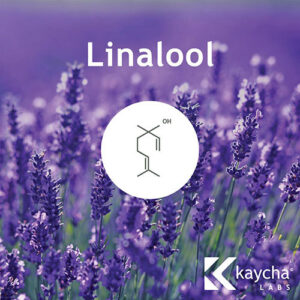 | GuaiolA sesquiterpenoid found in various plants and trees, including cypress, pine, and Cannabis, Guaiol is named after which it was first derived, the guaiacum plant. Guaiol has been used by many cultures worldwide as early as the 16th Century, with many using the Terpene to treat menstrual symptoms, sore throats, coughs, gout, and rheumatism. Recognized by its flowery aroma, Guaiol can also be found in spices and fruits, including nutmeg, cumin, and apples. |
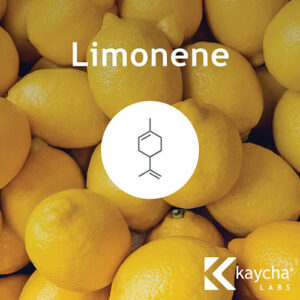 | CampheneA colorless crystal, Camphene is a Terpene known for giving Cannabis its spicy, herbal aroma. It is also found in essential oils such as cypress, valerian, and citronella and was once used as a primary fuel source in the 19th Century. Camphene is now a common fragrance additive to many perfumes. Its therapeutic properties include antibacterial, antifungal, and anti-inflammatory. |
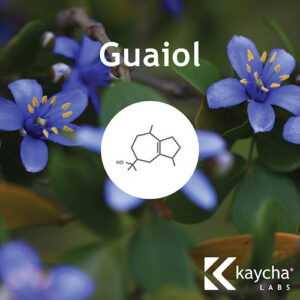 | Beta-MyrceneBeta-Myrcene is a monoterpene and one of the most prominent Terpenes found in Cannabis – giving it that earthy scent and flavor profile. It’s also found in hops and various other plants and fruits, including ylang-ylang, bay, parsley, wild thyme, lemongrass, cardamom, and mango. Beta-Myrcene is known for its therapeutic properties, including anti-inflammatory, antioxidant, and sedative and has been used in traditional folk medicine for centuries. |
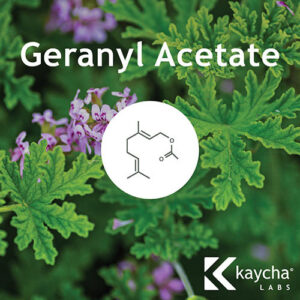 | CamphorA secondary Terpene of Cannabis, Camphor is a waxy and flammable terpenoid with a robust and woodsy aroma. Camphor naturally occurs within the wood of the camphor laurel, Kapur tree, rosemary leaves, and mint family. Commonly used as a fragrance additive found within lotions and ointments, Camphor it is said to have anti-inflammatory properties. |
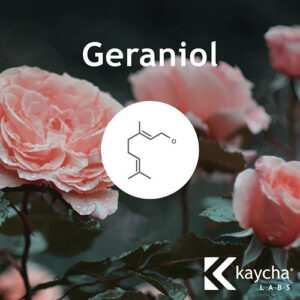 | Alpha-HumuleneClassified as a monocyclic sesquiterpene, Humulene or Alpha-Humulene is derived from the hops plant's flowering cone. Humulene is one of the most common Terpenes found in Cannabis and is also found in essential oil form in various plants, including marsh elders and tobacco. Humulene is also found in herbs and spices such as sage, ginseng, and coriander and has therapeutic qualities like anti-inflammatory. |
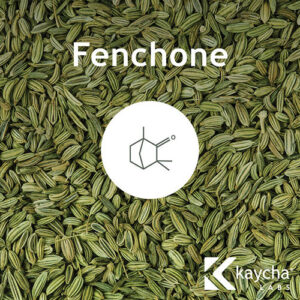 | OcimeneOcimene is a monoterpene found in various plants and fruits, including mint, basil, parsley, tarragon, orchids, kumquats, mangos, and, of course, Cannabis. Known for its sweet and fruity flavor profile, Ocimene is commonly used to fragrance everyday items such as perfumes, fabric softeners, deodorant, shampoos, and soaps and it’s also responsible for the sweet and herbaceous flavors of certain Cannabis strains. Therapeutic properties include anti-inflammatory, antifungal, and antiviral. |
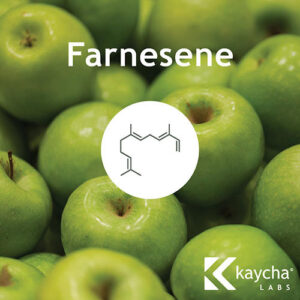 | NerolNerol is a monoterpenoid named after neroli oil, the essential oil produced from a bitter orange tree's blossom, and is found in in small amounts in Cannabis. Nerol is commonly known for its fragrant citrus and rose aroma, making it popular among the perfume industry. It’s also used as a food additive to create popular flavor profiles, including raspberry and red apple. Nerol also has therapeutic properties such as anti-inflammatory and antifungal. |
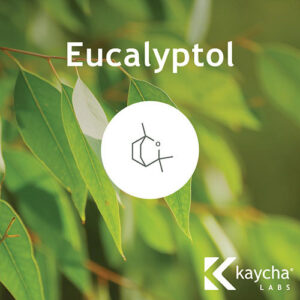 | Alpha-PhellandreneA double-bonded isomer, Alpha-Phellandrene is a monoterpene known for its fresh fragrance. It’s present among various plants, including ginger grass, cinnamon, angelica, lavender, mint, dill, parsley, and pine. It can be used anywhere from a fragrance to a food additive due to its molecular structure and provides Cannabis with its peppery aroma. Alpha-Phellandrene has therapeutic properties, including anti-inflammatory and antifungal. |
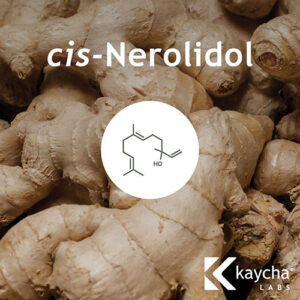 | TerpineneAlpha-Terpinene is one of the three isomeric hydrocarbons, otherwise known as monoterpenes. Alpha-Terpinene is a chemical rearrangement of Alpha-Pinene and naturally derives from various plants, including cardamom, marjoram, juniper, and eucalyptus. Alpha-Terpinene is commonly used as a flavoring agent due to its spicy taste and warm aroma, and has antioxidant properties. In comparison, Gamma-Terpinene has a colorless oil consistency. With an abundance of citrus aromas, Gamma-Terpinene is commonly used as a fragrance additive in cosmetics and essential oils and has therapeutic properties including antioxidant and antifungal. The sensory effects of Terpinene in Cannabis is unclear and further research is needed to understand the Terpene’s relationship to Cannabis. |
Cannabis and Hemp Terpene Testing Lab
While they are largely beneficial, terpenes may also exhibit toxic and irritating effects at when infused in extractions at unusually high concentrations. That’s why it’s important to know precisely what your cannabis or hemp product contains.
At Kaycha Labs, we have the certifications, technology, and experienced scientists to precisely test hemp and cannabis flowers and extracts for more than 40 different types of terpenes that helps processors and manufacturers determine the flavor, safety and best usage. To determine your cannabis product’s precise terpene profile, you’ll want to work with an ISO 17025 accredited facility like Kaycha. In addition to terpene testing, we also test for cannabinoid potency as well as potential toxins and much more.
